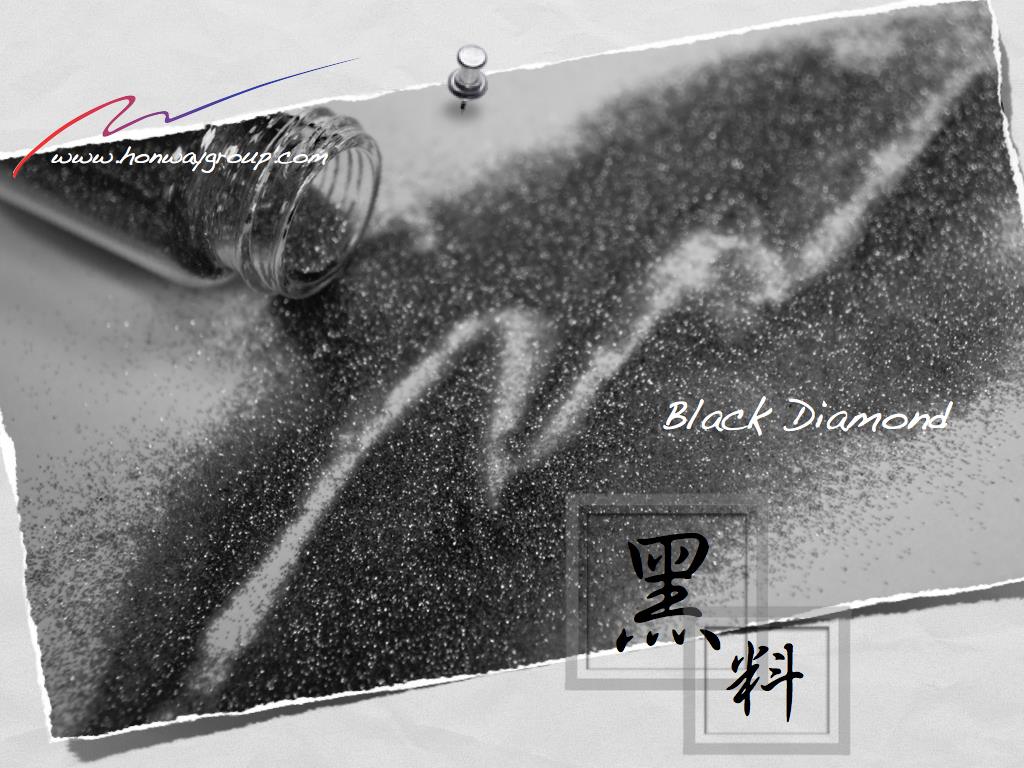Table of contents
Introduction
Pitting is one of the surface defects of steel, appearing as rough, uneven surfaces, also known as “orange peel.” It often presents as continuous patches but can also appear locally or periodically. It is an acceptable defect as long as its depth does not exceed the product’s tolerance range, meaning it will not affect functionality. On metal surfaces, structural and chemical non-uniformities lead to electrochemical irregularities, forming micro-cells. For stainless steel, surface oxidation films are compromised by scratches, particle damage, or active anions, creating a “film cell.” In this cell, the film acts as the cathode, and the metal under the pits as the anode. The small anode area relative to the cathode accelerates corrosion, while the cathode continues to passivate, causing corrosion to spread into the pits—this results in the visible pitting we observe.
Causes
To resolve the problem, we first need to know how it arises. There are three main reasons:
- Material Issues: Stainless steel is made from iron ore, metallic elements (with varying compositions and proportions), and undergoes multiple processes like cold rolling or hot rolling to form the final steel type. During these processes, tiny impurities may get mixed into the steel, becoming part of it. These impurities, while not visible on the surface initially, appear as distinct pits after polishing. This type of pitting, often seen in 2B (matte) materials, becomes more pronounced as the surface becomes shinier. Unfortunately, pitting caused by material issues cannot be removed!
- Use of Inadequate Polishing Wheels: If the polishing wheel is faulty, not only will pitting occur, but “grinding head flowers” may also form. Polishing machines have many wheels, and identifying the faulty one requires the polishing technician to check and replace each one. If the polishing wheels are of poor quality, they all need replacement! Moreover, imbalanced polishing wheels can cause uneven pressure on the material, leading to pitting and other issues.
- Fine Particles: Most polishing machines are equipped with filters to trap fine particles. However, if the filters aren’t replaced regularly, these particles may flow onto the surface with the water, damaging the mirror-finish stainless steel and causing pitting or scratches. In such cases, re-polishing is usually required, which is labor-intensive, resource-consuming, and time-costly. Regular filter replacement can prevent this issue.
The occurrence of pitting is closely linked to environmental conditions, and under extreme circumstances, pitting can behave uniquely. The effects of environmental temperature and pressure on corrosion vary, and the process becomes more complex under high temperatures and pressures. With technological advancements, the industrial demand for improved stainless steel performance is increasing. Research into stainless steel pitting behavior in special environments will be an important area of study in the future.

